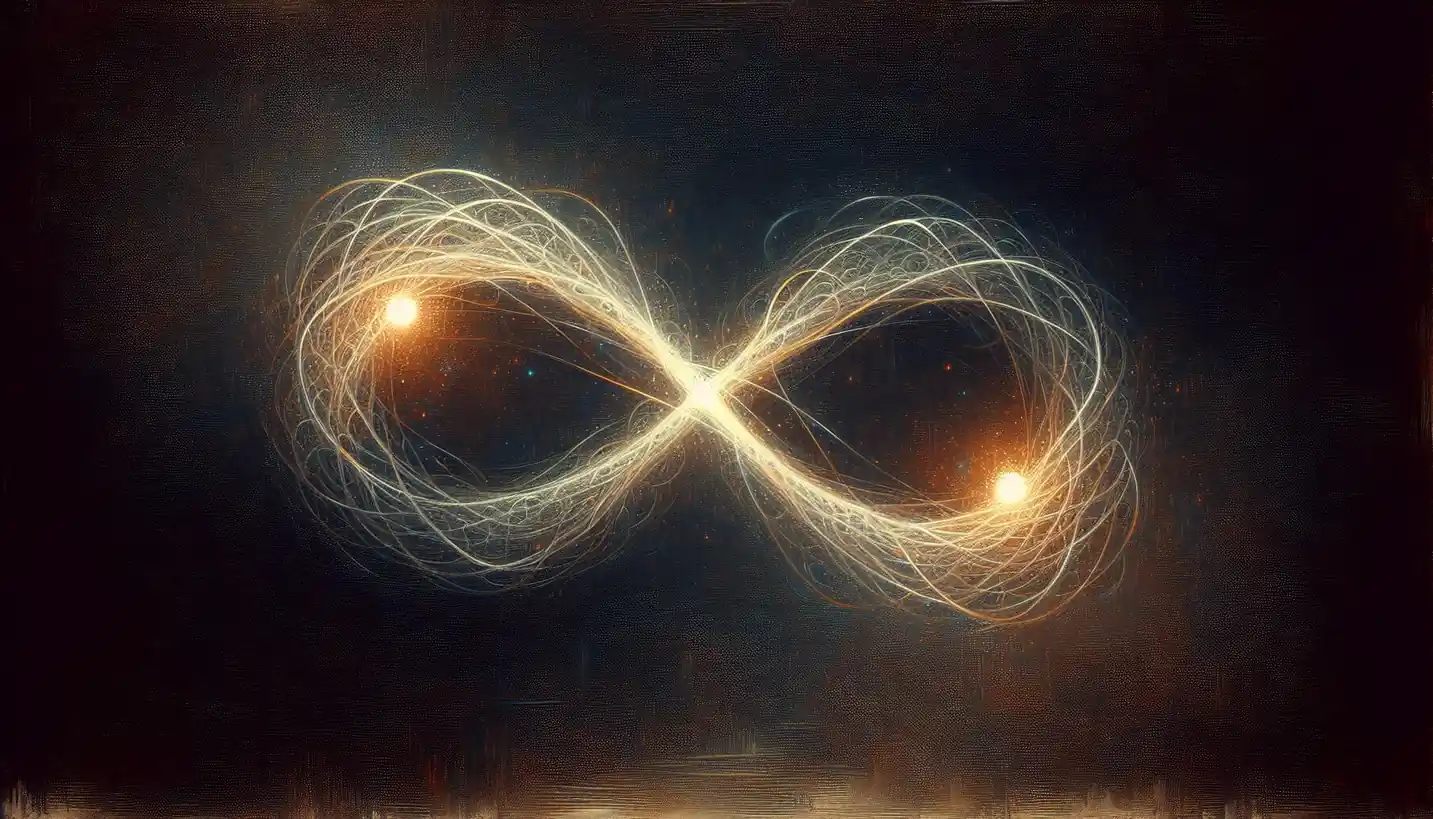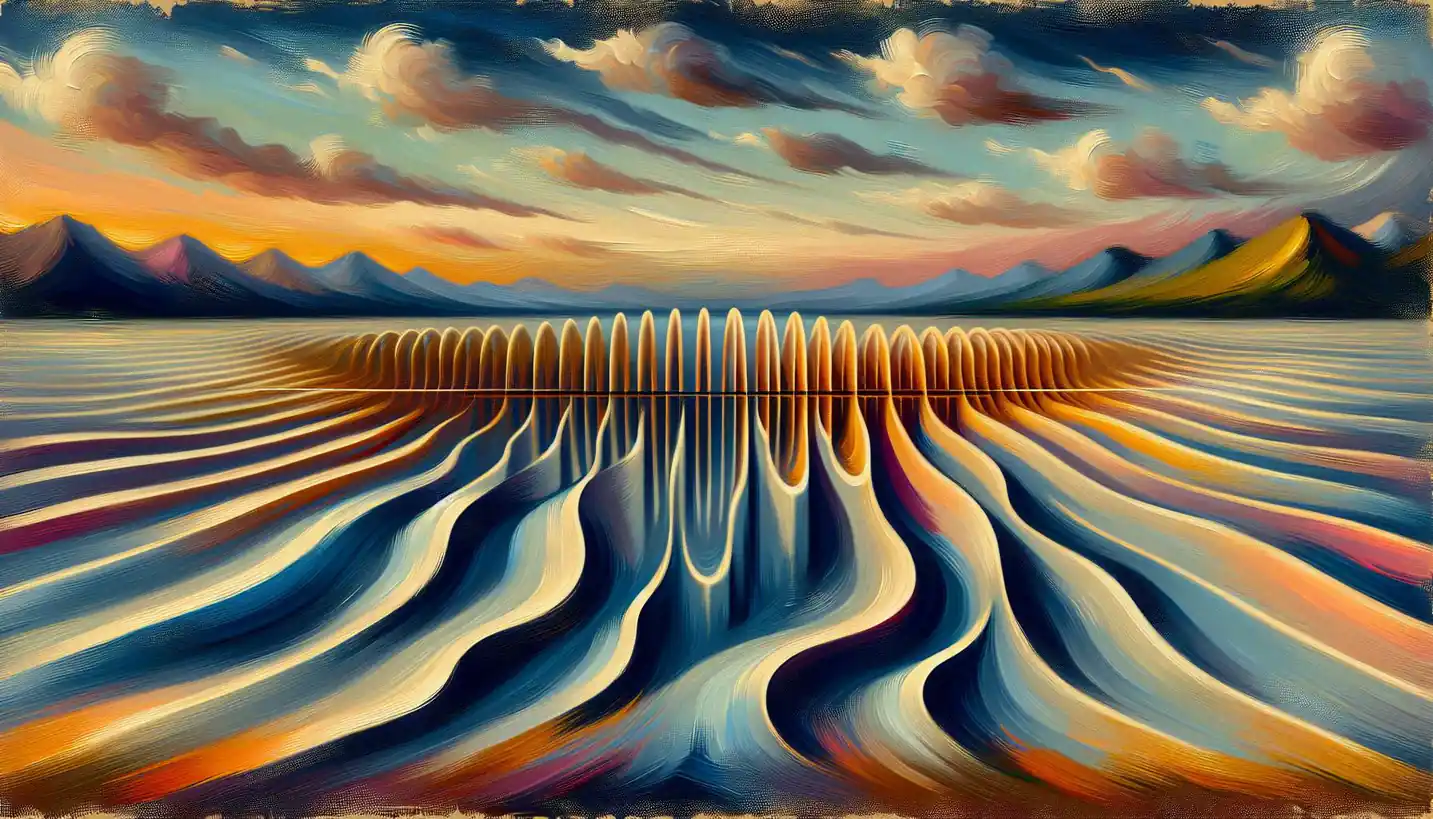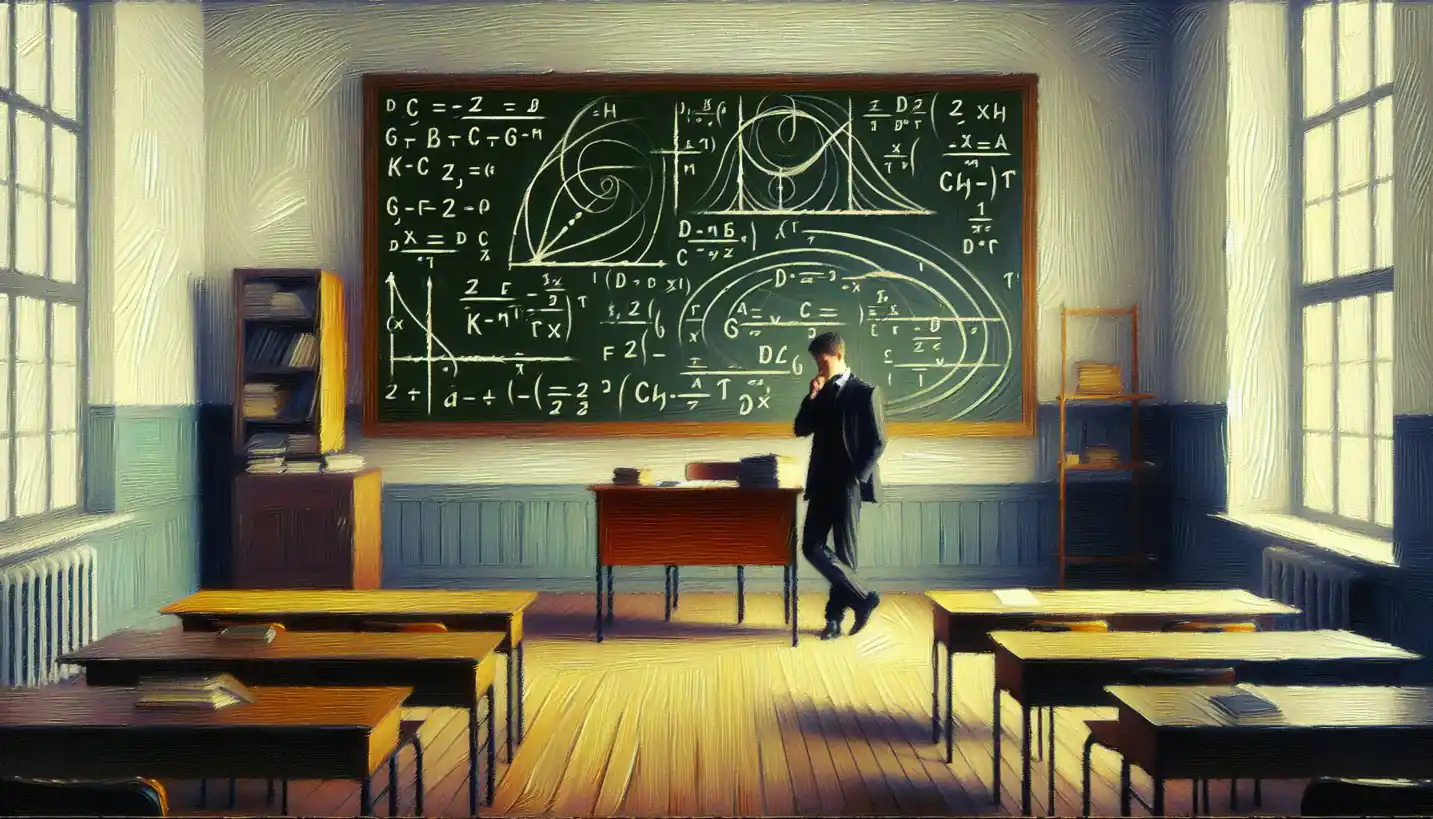
Tidal Forces: Understanding the Cosmic Tug-of-War
Tidal forces illustrate how gravitational interactions shape celestial bodies and orbits.

Tidal forces illustrate how gravitational interactions shape celestial bodies and orbits.

The Higgs mechanism explains how particles gain mass, transforming our understanding of matter. Dive in to discover its essential role within string theory.

Top-down lithography carves out the nano world. Investigate how this technique shapes minuscule structures, revolutionizing electronics with precise and intricate patterns.

Subduction zones are powerhouses driving Earth's geological activities. Learn how these remarkable regions influence earthquakes and volcanic eruptions.

Electron configuration maps out how electrons fill the atom's shells. Discover how this arrangement determines elements' chemical reactivity.

An isotropic universe suggests space looks the same no matter where you are. Delve into this symmetric wonder and how it influences our understanding of the cosmos.

Fermions are essential particles that make up all matter, playing a foundational role in the structure of atoms. Delve into the world of fermions and see how they comprise the universe's building blocks.

Fluorescence spectroscopy uncovers molecular secrets by examining light emission. This tool helps scientists study the complex behaviors of molecules in biology and chemistry.

Bloch's Theorem is a principle that simplifies the understanding of electrons in periodic structures. Uncover its significance in modern physics.

Coulomb collisions are fundamental interactions within plasma that affect energy transfer and stability. Understand how this subtle process forms the heartbeat of plasma physics.

The S-Wave Shadow Zone hides secrets of Earth's deep interior. Investigate how seismic activity reveals layers we cannot see directly.

Explore the Pauli matrices, fundamental tools that unravel quantum computing's complexities.